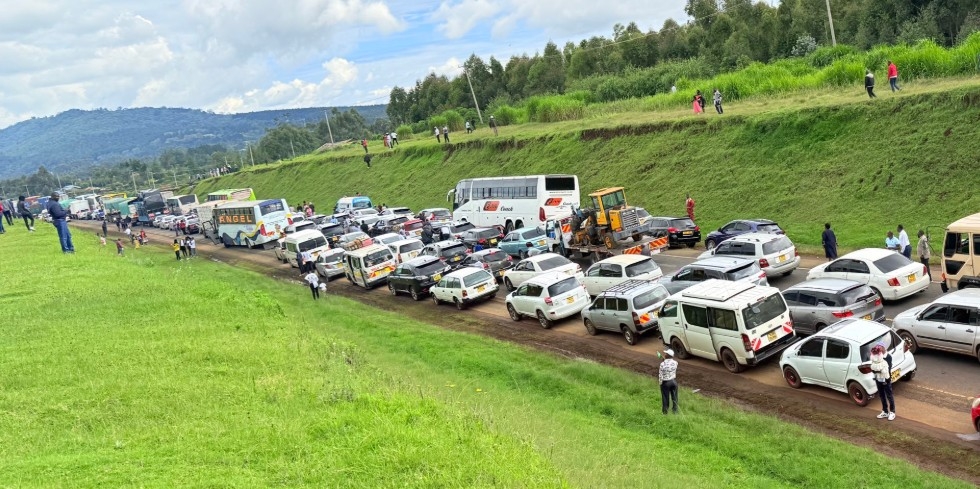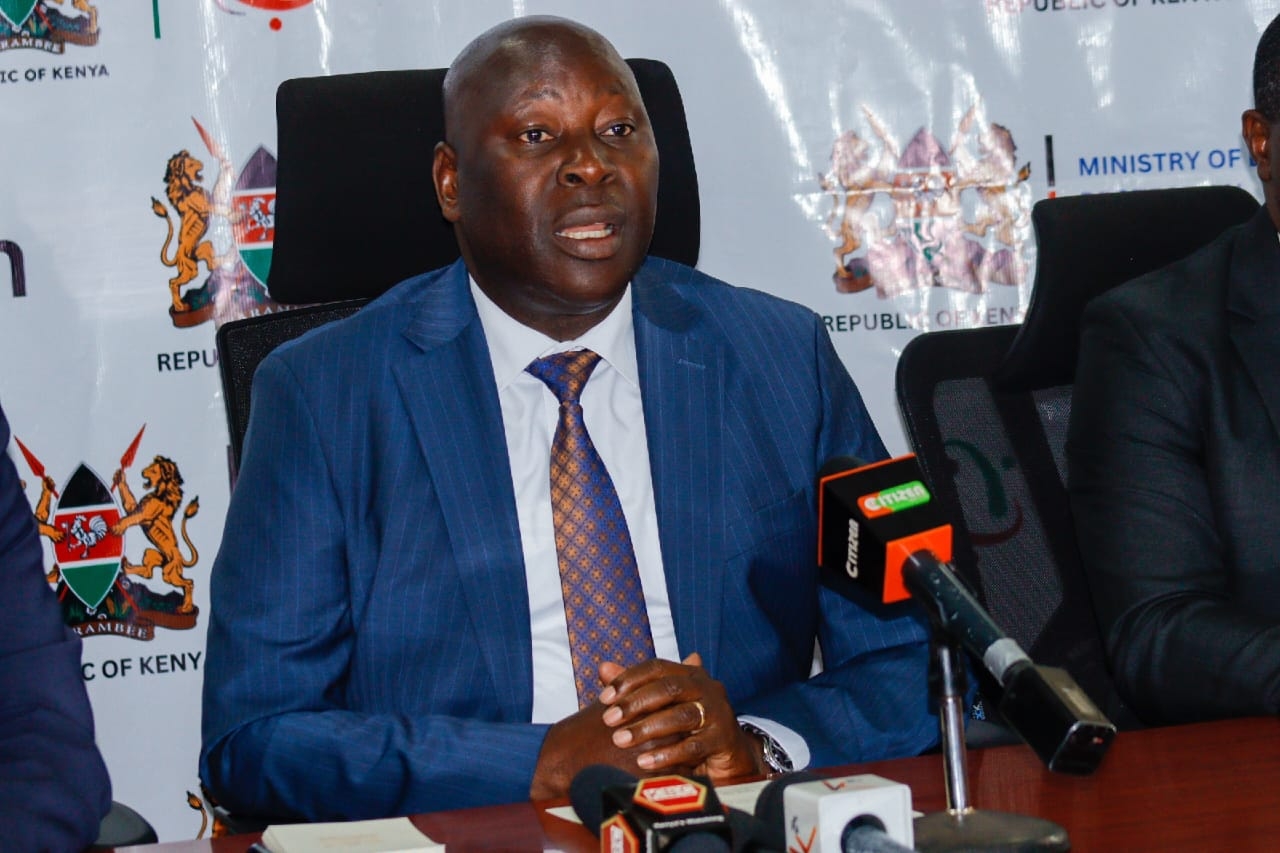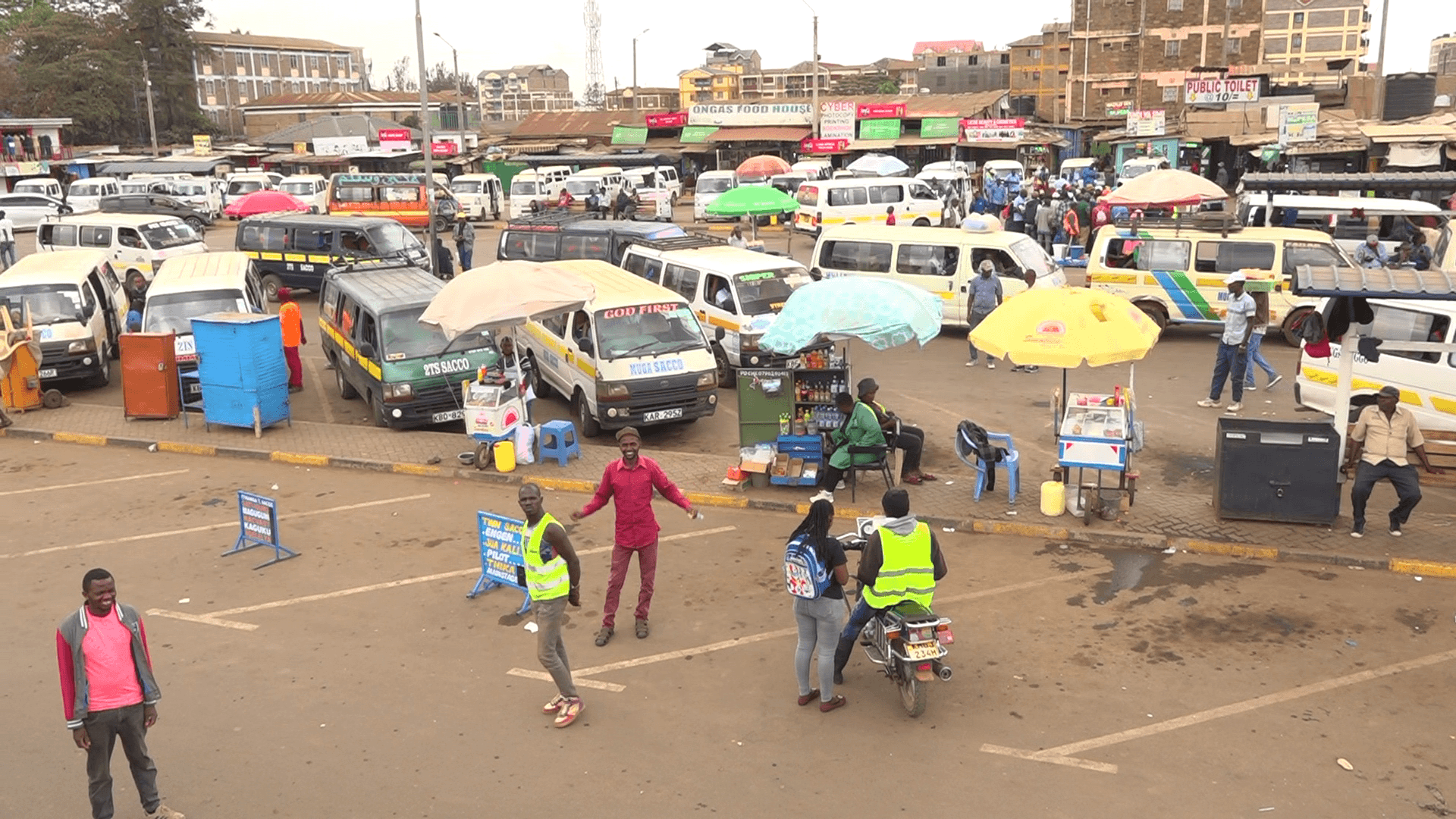Bird lovers have launched a new tool that will help developers and regulators identify areas where renewable energy infrastructure could hurt birds.
The new tool, known as the Avian Sensitivity Tool for Energy Planning (Avistep), has now been introduced in Egypt, Kenya, Laos and Uzbekistan.
The open-access tool has been in use in India, Nepal, Thailand and Vietnam since 2022.
It allows anyone interested in planning onshore and offshore wind energy, solar energy or power lines to see the exact impact on birds or other wildlife.
By zooming into a specific region, the user can see a green/amber/red colour-coded map that shows whether a 5x5km area is protected, contains high-risk species or has a wildlife-rich habitat.
BirdLife International, supported by DEG Impulse, has rolled out the new tool.
Nature Kenya has been instrumental in guiding the development of Avistep.
Through field surveys of birds and consultations with national stakeholders, Nature Kenya provided data on bird species that have high sensitivity to electric power line collisions and electrocution.
“Avistep is a groundbreaking tool that will revolutionise how we approach energy planning in Kenya. It will ensure that raptor conservation is at the forefront by identifying key habitats and flight paths of these vital species," said Paul Gacheru, species and sites conservation manager at Nature Kenya.
“DEG Impulse is happy to support this important tool as it helps to protect biodiversity in future investments into renewable energy,” said Anne Schneeweis, DEG Impulse project manager.
DEG Impulse promoted the expansion of the tool with funds from the German Federal Ministry for Economic Cooperation and Development.
Many countries are switching from fossil fuels to renewable energy as part of a wider plan to address the impacts of climate change.
The global transition from fossil fuels to renewable energy presents an opportunity for positive change.
If poorly planned, however, it could impact the biodiversity.
If renewable energy is sited solely to maximise energy production, then millions of acres of nature could be lost globally, and the ranges of many hundreds of threatened species could be impacted.
This loss of natural habitat would result in the release of almost 415 million tonnes of stored carbon, massively undermining the climate change benefits associated with a transition to renewable energy.
BirdLife’s Tris Allinson, who has led the project, said, “Renewable energy is not truly ‘green’ unless efforts have been made to limit negative repercussions for biodiversity.”
Each of the countries-Kenya, Egypt, Laos and Uzbekistan- where to tool has been newly introduced, are experiencing rapidly expanding energy infrastructure and has significant populations of potentially sensitive bird species.
In Kenya, wildlife poisoning poses a major threat to vultures, while energy infrastructure such as wind turbines and power lines impacts other raptors.
Birds of prey are also threatened by the expansion of infrastructure.
The new tool comes a few days after the state unveiled a 10-year action plan to protect vultures.
The Vulture Multi-species Action Plan for Kenya (2024-34) seek to protect the birds as their populations plummet.
Globally, there are 23 species of vultures.
The action plan aims to address the conservation needs of eight vulture species in Kenya and one migrant species.
Species listed as critically endangered include Rüppell’s, white-backed, white-headed and hooded vultures.
Those listed as endangered include the Lappet-faced vulture and Egyptian vulture.
The bearded vulture is listed as globally vulnerable, but nearly extinct locally.
Palm-nut vulture is listed as the least concern in the same category as the migrant griffon vulture.
Unlike many birds, vultures live between 25 to 30 years. They breed very slowly—typically laying a single egg per year - and mature late, reaching sexual maturity at five years. Their populations require high adult survival to be sustainable.
Because vultures are scavengers that traverse huge areas in search of food and forage socially, they are extremely vulnerable to poisoning.
The action plan shows that the national population of white-headed vultures is estimated to be between 60-100 individuals, hooded vultures (800-1,500), white-backed (1,000-2,000) and Rüppell’s (2,000-3,000).
The national population of lappet-faced vultures is estimated to be 400-800, Egyptian vultures less than 100, bearded vultures less than five, palm-nut vultures (unknown) and griffon vultures (rare seasonal vagrant).
The action Plan for Kenya (2024-34) was supported by the Peregrine Fund, Nature Kenya.












